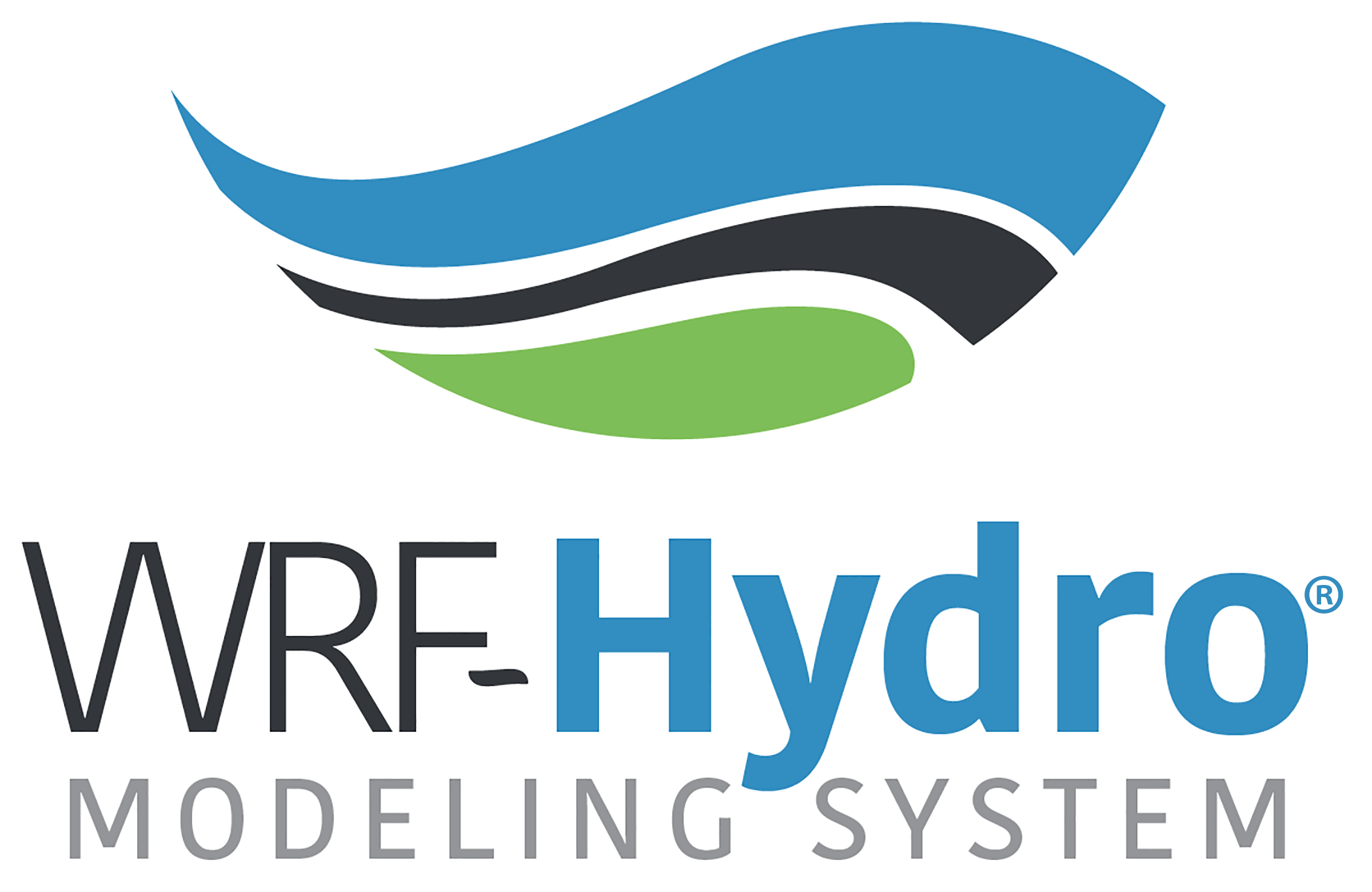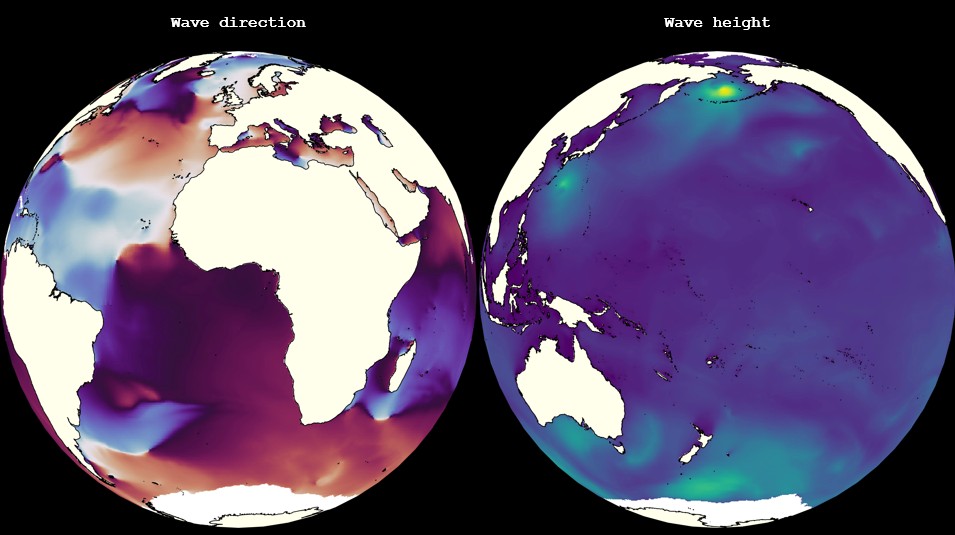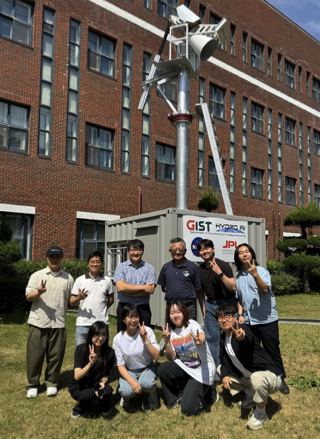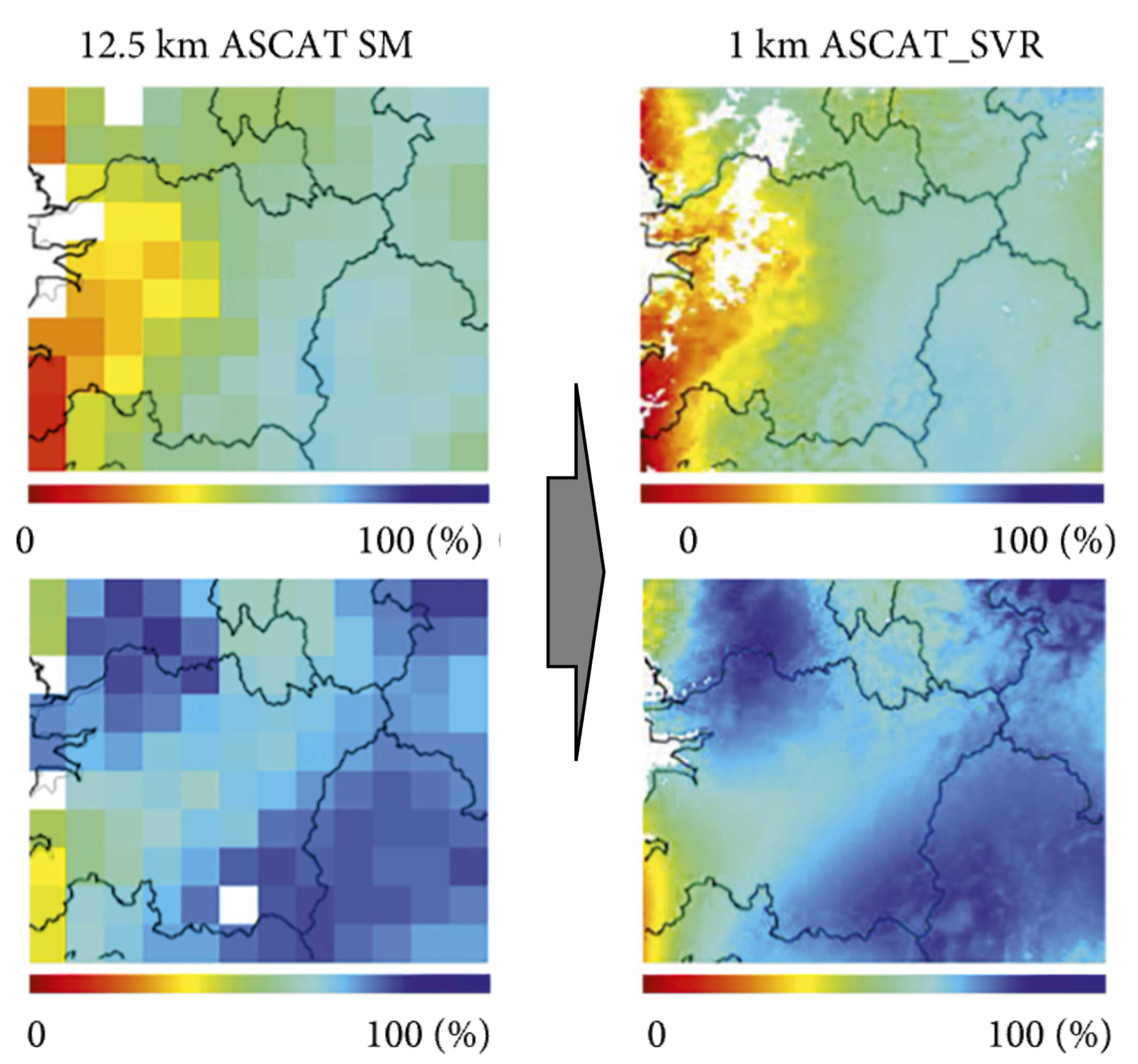Large AI models -- so-called foundation models -- are revolutionizing fields like language, vision, and now Earth system science. In hydrology, the challenge is to blend strong physical consistency with data-driven flexibility. Physics-informed large AI models aim to do exactly that: infuse hydrological laws (e.g. mass balance, Darcy’s law, infiltration physics) into large neural architectures so that they respect physical constraints while learning from data.
Microsoft’s Aurora: A Case Study in Earth System Foundation Modeling
Microsoft’s Aurora is a 1.3 billion-parameter foundation model for atmospheric and Earth system prediction. Aurora was pretrained on more than a million hours of diverse climate and atmospheric data (analyses, reanalyses, forecasts, simulations) and can be fine-tuned to downstream tasks like weather forecasting, air quality, ocean waves, and tropical cyclone tracking.
Some key features of Aurora:
1. Pretrain - fine-tune paradigm: It learns general atmospheric representations in pretraining, and then is fine-tuned for specific tasks.
2. LoRA (Low-Rank Adaptation) used in fine-tuning: For long-lead prediction (rollouts), Aurora employs LoRA to efficiently adapt the large model to forecasting tasks.
3. Efficiency vs physics models: Aurora can generate forecasts orders of magnitude faster than traditional numerical weather prediction (NWP) models, yet matches or exceeds their accuracy in many metrics.
4. Multitask flexibility: The same core model architecture can be adapted to new tasks (e.g. pollutant concentration, wave forecasting) with modest fine-tuning data.
Thus, Aurora is a state-of-the-art example of how to build a foundation model for the Earth system, not just for text or images.
Integrating Aurora-Style Models into Hydrology and Our Research
In our hydrology-AI lab, we aim to bring the lessons of Aurora into soil and water modeling in several ways:
1. Use physics-informed regularization or embedding of hydrological equations inside large models (e.g. continuity, infiltration, evaporation) so that learned predictions respect mass conservation.
2. Fine-tune foundation models for soil moisture, runoff, evapotranspiration using LoRA or similar parameter-efficient methods, leveraging in-situ networks (like our Core Validation Site) and satellite products.
3. Use multimodal learning: combine satellite brightness temperature, meteorological data, topographic/soil maps, climate reanalysis, and in-situ sensor networks as inputs to a unified model.
4. Evaluate generalization & transferability: test models in new climate zones or extreme events to see if the physics-informed model extrapolates better than pure data-driven ones.
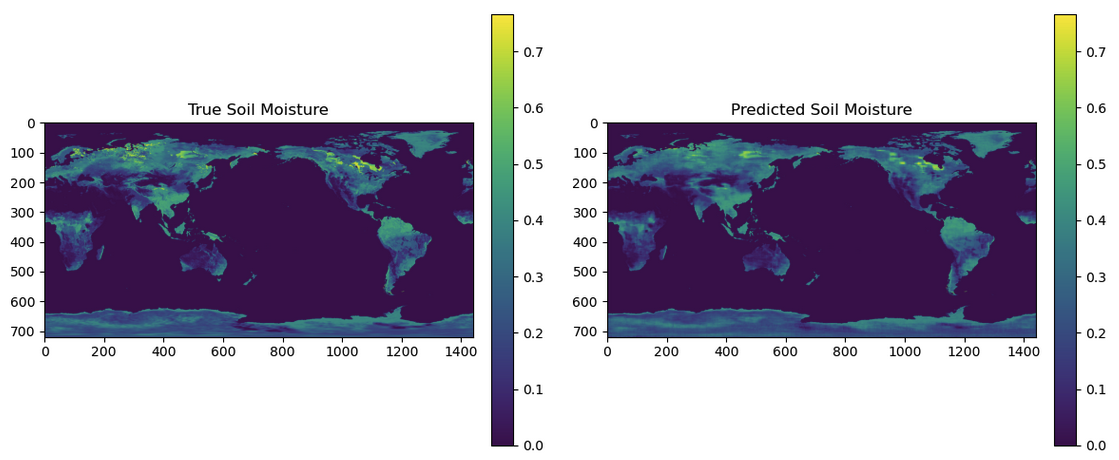
Why This Matters
1. Scalable hydrology AI: Using foundation models adapted to water systems means the same architecture might serve soil moisture, streamflow, drought, and groundwater tasks.
2. Physical consistency: Embedding hydrological laws ensures that predictions do not violate conservation, boundary conditions, or mass balance constraints.
3. Rapid prototyping: Methods like LoRA let us fine-tune large models with limited data and compute, making the approach accessible for PhD-level research.
4. Frontier research space: This is prime territory for students interested in AI + geoscience, building the next generation of hybrid models that bridge physics and deep learning.




